 Beauty Among Ruins by J'nell Ciesielski
Beauty Among Ruins by J'nell Ciesielski Format: eARC
Source: supplied by publisher via NetGalley
Formats available: paperback, ebook, audiobook
Genres: historical fiction, historical romance, World War I
Pages: 416
Published by Thomas Nelson on January 12, 2021
Purchasing Info: Author's Website, Publisher's Website, Amazon, Barnes & Noble, Kobo, Bookshop.org
Goodreads
In Ciesielski’s latest sweeping romance, an American heiress finds herself in Scotland amid the fallout of the Great War, and a wounded Scottish laird comes face-to-face with his past and a woman he never could have expected.
American socialite Lily Durham is known for enjoying one moment to the next, with little regard for the consequences of her actions. But just as she is banished overseas to England as a “cure” for her frivolous ways, the Great War breaks out and wreaks havoc. She joins her cousin in nursing the wounded at a convalescent home deep in the wilds of Scotland at a crumbling castle where its laird is less than welcoming.
Alec MacGregor has given his entire life to preserving his home of Kinclavoch Castle, but mounting debts force him to sell off his family history bit by bit. Labeled a coward for not joining his countrymen in the trenches due to an old injury, he opens his home to the Tommies to make recompense while he keeps to the shadows. But his preference for the shadows is shattered when a new American nurse comes streaming into the castle on a burst of light.
Lily and Alec are thrown together when a series of mysterious events threatens to ruin the future of Kinclavoch. Can they put aside their differences to find the culprit before it’s too late, or will their greatest distraction be falling in love?
My Review:
Which would be the lesser of evils, an enemy in your face, with their knife (metaphorically or otherwise) obviously aimed at a vital organ – or a enemy who pretends to have your back while searching for the best place to stick their hidden knife into a vital organ?
Poor Alec MacGregor doesn’t get to choose which of those is the lesser evil, as his current circumstances have him caught between both, with an obvious enemy trying to bring him down and a hidden enemy pretending to be a friend in the hope of bringing him, quite literally, to his knees.
But this story does not begin as Alec’s story, although it gets itself to Kinclavoch Castle soon enough. Rather, the story begins with the flighty, impetuous and disobedient – at least according to her parents – young American socialite Lily Durham.
Lily is not so much irresponsible as she is a bird who is very much aware of the gilded cage in which she lives – and she resents every single bar of that cage. So when her upper-crust, Gilded Age New York City parents ship her off to her mother’s relatives in England, they think they’re forcing her into an even more restricted life than the one they already have wrapped tightly around her.
Lily’s parents have seriously misjudged, both the circumstances and Lily herself. Lily may leap before she looks, but that’s because if she looks first all she’ll see and hear are her parents misjudging her intelligence, her purpose and even her very person. They misjudge the circumstances even more, as Europe is on the verge of World War I. Once the war begins, it becomes unsafe for ships to cross the Atlantic, out of the very real fear of being sunk by German U-boats, leaving Lily “stuck” in England for longer than the year her parents originally intended.
But the war also brings opportunities for Lily – and her best friend and cousin Elizabeth (called Bertie) to escape the bars of their respective gilded cages. Bertie becomes a nurse. Lily takes the courses with her but doesn’t manage to pass them. Still, with Bertie’s qualifications and her parent’s generous patronage of the nursing service comes an opportunity that neither girl can resist. An opportunity to serve as nurses – or at least as a nurse’s aide in Lily’s case, to convalescing soldiers in a not-too-badly crumbling castle in the Scottish lowlands.
That very same castle that Alec MacGregor, Lord Strathem, is hanging onto, in the face of dangerous enemies and even more dastardly overdue bills and overeager tax collectors, by the skin of his teeth. Along with the fact that he hasn’t sold off all of his family’s accumulated treasures. Yet.
Lily, with her American optimism and her disregard for the rules, bursts into Kinclavoch like a gale force wind of fresh air that neither Alec nor the matron of the nursing service have any desire to accommodate.
But Lily shines her light into all the dark places at Kinclavoch, especially into the hearts of the soldiers she is there to help. And even more into the darkness that shadows bitter, wounded Alec MacGregor.
Escape Rating B: My feelings about this story are very solidly mixed, I think because the blurb leads the reader to expect that the romance is the primary storyline, and it actually isn’t. It’s definitely there, but it doesn’t feel like the primary plot thread. Or at least I found the romantic suspense plot thread more interesting.
After all, it’s Alec is facing threats on all sides, even if he believes those threats are only coming from one side. He sees the enemy in front of him, because that enemy is screamingly obvious about it. Alec may not know how, or especially why, at the beginning, but the who is right there in front of him, smirking. Alec just can’t figure out how to prove it.
The enemy behind him, well, let’s just say it’s obvious to the reader. Or at least it was equally, screamingly obvious to this reader. And that the how and why in this case were every bit as obvious as the who.
What made this part of the plot so interesting – also infuriating – is that it violates Occam’s Razor, that the simplest solution is usually the right solution. It’s the reason why there is usually only one villain in mysteries, because two villains for the same set of crimes – unless they are partners – stretches the long arm of coincidence a bit too long. It doesn’t here which does lead the reader to wonder if one of the enemies isn’t quite as effective or quite as dastardly as they BOTH initially appear.
The romance here is VERY slow burn. Both Lily and Alec are very wounded people, in both cases emotionally and in Alec’s case also physically. But neither of them expects or is remotely looking for a romance with anyone – let alone with each other. And they kind of get dragged into the realization that they are, after all, in love with each other, kicking and screaming. It’s very much not what either them expected or even wanted at the beginning of the story.
Alec’s situation was more interesting – or had more elements that made it a bit different – than Lily’s. Historical fiction and historical romance are rife with characters like her, birds in gilded cages who get sprung by the exigencies of war. She was a well-drawn character of her type, but didn’t feel like more than that. Alec, on the other hand, had plenty of interesting facets, between his childhood injury that kept him out of the war, the way he’s treated because of it, AND the threats that he faces on all sides, with his family issues with both his mother and his sister on top.
I will say that I was beginning to wonder if his sister suffered from Munchausen syndrome by proxy, but it wasn’t quite that dire. Still bad, but not THAT bad. Her condition certainly made the pile of woes that had been piled on Alec all that much higher.
One of the things that I really liked about this story was that it turned out to be a World War I story that isn’t really about the war itself. Instead, it’s a story about the effects of the war, and that makes it all the more affecting for the reader.




 Current Giveaways:
Current Giveaways: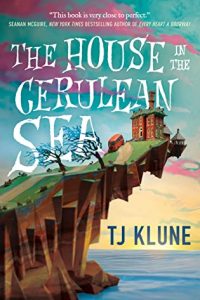 Blog Recap:
Blog Recap: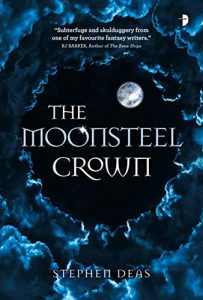 Coming This Week:
Coming This Week:





















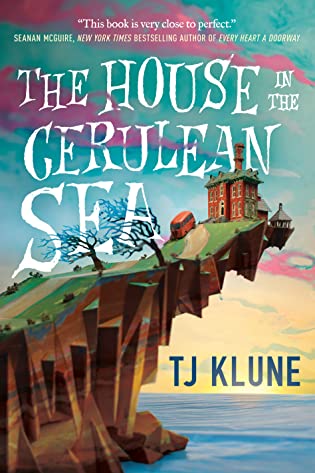 The House in the Cerulean Sea by
The House in the Cerulean Sea by 
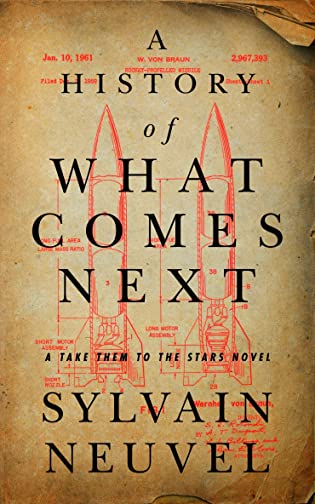 A History of What Comes Next (Take Them to the Stars, #1) by
A History of What Comes Next (Take Them to the Stars, #1) by 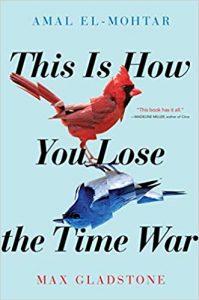 In the end, the book that I was most reminded of was
In the end, the book that I was most reminded of was 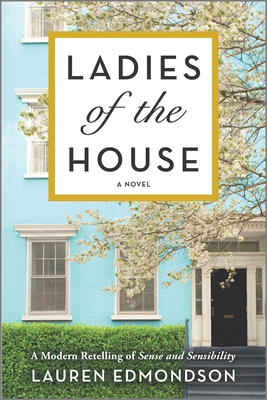 Ladies of the House: A Modern Retelling of Sense and Sensibility by
Ladies of the House: A Modern Retelling of Sense and Sensibility by  Escape Rating A-: I’ll admit that I didn’t figure out what was going on until I read the Author’s Notes at the end of the book. At first, I saw very little of Sense and Sensibility and a whole lot of a contemporary piece of women’s fiction with a political twist for spice.
Escape Rating A-: I’ll admit that I didn’t figure out what was going on until I read the Author’s Notes at the end of the book. At first, I saw very little of Sense and Sensibility and a whole lot of a contemporary piece of women’s fiction with a political twist for spice. The Narrowboat Summer by
The Narrowboat Summer by 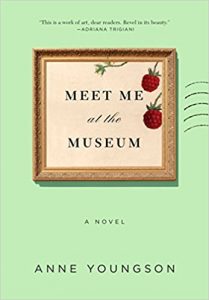 Escape Rating A-: I picked this book up because I adored the author’s debut novel,
Escape Rating A-: I picked this book up because I adored the author’s debut novel, 